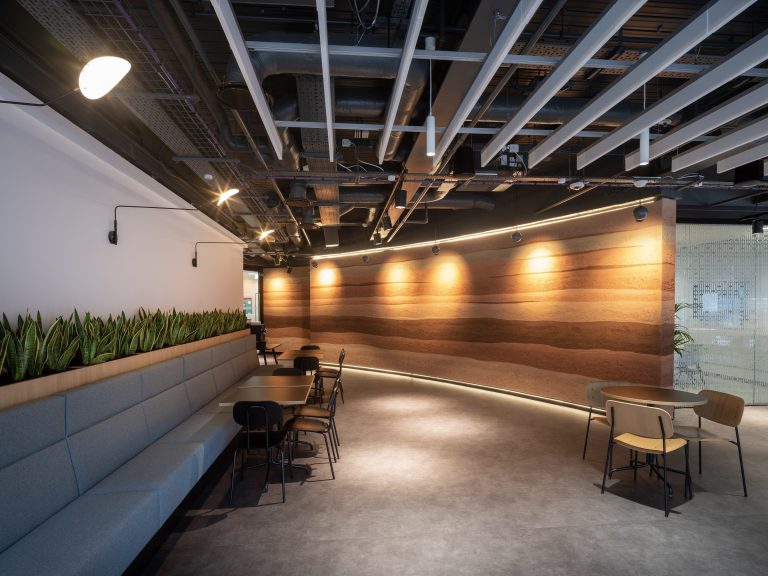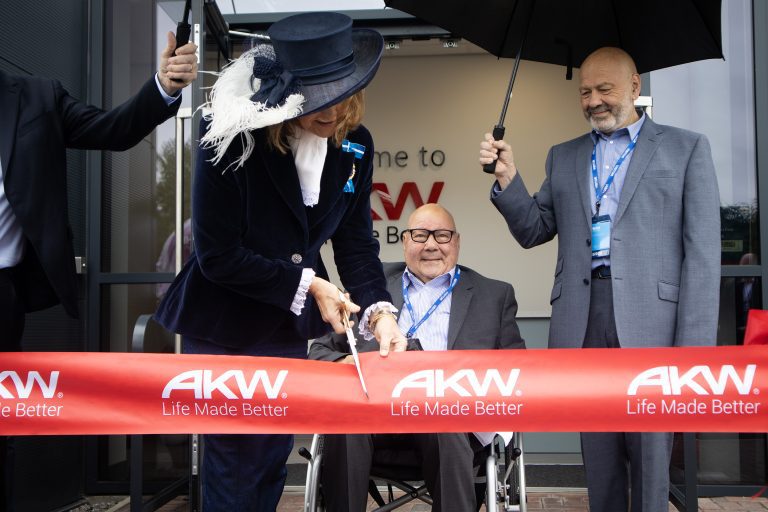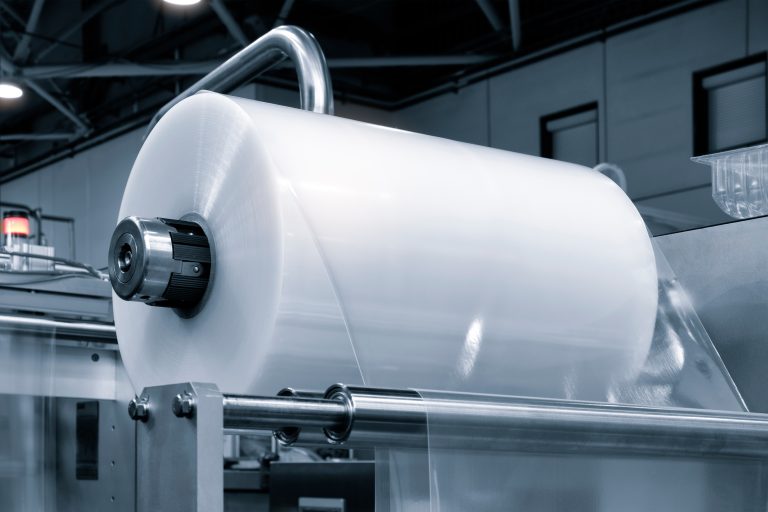Wallpapers play a pivotal role in interior design, offering a versatile canvas to transform and enhance living spaces. Whether for commercial environments or residential homes, wallpapers differ significantly in their design, durability, and application. Commercial wallpapers prioritize functionality and durability to withstand high-traffic areas, often featuring simple patterns and robust materials. In contrast, residential wallpapers cater to personal aesthetics with a broader spectrum of designs, colors, and textures, offering options ranging from delicate papers to durable vinyls. Understanding these distinctions helps in choosing the right wallpaper to suit the specific demands and style preferences of each setting, ensuring both practicality and visual appeal in interior decor. Design and Style Commercial wallpapers are typically designed with durability and functionality in mind rather than intricate designs. They often feature solid colors, subtle textures, or simple patterns that can withstand frequent cleaning and maintenance. In contrast, residential wallpapers offer a broader range of designs, colors, and patterns, catering to personal aesthetics and home decor preferences. On the other hand, residential wallpapers offer a wider range of designs, colors, and patterns to cater to diverse personal preferences and home decor styles. They may include intricate designs, bold prints, or artistic patterns that reflect individual tastes and create a more personalized atmosphere in residential settings. Residential wallpapers are often chosen to complement the overall theme or aesthetic of a home, providing homeowners with the flexibility to express their unique style through their interior decor choices. You can use temporary wallpaper for your home that can be applied to accent walls, backsplashes, or even furniture surfaces, instantly transforming the look of a room. They are ideal for renters or those who enjoy changing decor frequently, as they can be easily removed without damaging walls or leaving residue behind. Durability and Maintenance Maintenance of wallpaper varies depending on whether it’s used in commercial or residential settings. Commercial wallpapers, designed for durability in high-traffic areas like offices and hotels, are typically made from sturdy materials such as vinyl or fabric-backed vinyl. These wallpapers are resistant to stains and easy to clean, often requiring simple maintenance like regular dusting or occasional wiping with a damp cloth to remove dirt and smudges. Some commercial wallpapers can withstand more intensive cleaning methods, including scrubbing with mild soap and water, ensuring they maintain their appearance despite frequent use. In contrast, maintenance of residential wallpapers considers a broader range of materials and design aesthetics. Vinyl wallpapers remain popular for their durability and washability, making them suitable for kitchens and bathrooms where moisture and stains are common. Paper-based wallpapers are delicate and require gentle care, such as light dusting or vacuuming to remove debris without damaging the surface. Application and Installation The application and installation of wallpaper play pivotal roles in achieving a polished and cohesive interior design. In commercial settings, such as offices or retail spaces, wallpapers are often selected for their durability and ease of installation. Paste-the-wall or peel-and-stick application methods are favored for their efficiency, allowing large areas to be covered quickly with minimal disruption. These methods not only streamline the installation process but also adhere to stringent safety regulations and fire codes, ensuring compliance in public environments. In contrast, residential wallpaper installation prioritizes flexibility and personalization. Traditional paste-the-paper techniques offer precise control over placement and alignment, ideal for intricate designs or textured wallpapers that require careful handling. DIY-friendly peel and stick wallpapers that is renter friendly provide homeowners with the freedom to experiment with different patterns and styles without the need for additional adhesive. Whether in commercial or residential settings, the choice of installation method reflects both practical considerations and aesthetic preferences, contributing to a tailored and visually appealing interior space. Cost and Availability Commercial-grade wallpapers are typically priced higher than their residential counterparts due to their durability and specialized features. These wallpapers are designed to withstand high-traffic environments and frequent cleaning, often made from robust materials like vinyl or fabric-backed vinyl. While initial costs may be higher, commercial wallpapers are considered cost-effective investments due to their longevity and minimal maintenance requirements. They are commonly available through specialized suppliers or commercial interior design firms, ensuring access to durable and functional options tailored to specific business needs. Residential wallpapers offer a wider range of price points to accommodate various budgets and design preferences. Materials such as vinyl, paper, grasscloth, or textile-based wallpapers contribute to varying costs based on durability and aesthetic appeal. DIY-friendly options like peel-and-stick wallpapers provide cost-effective solutions for homeowners looking to refresh their spaces without professional installation costs. Residential wallpapers are widely available through home improvement stores, online retailers, and interior design boutiques, offering ample choices to suit personal styles and room requirements. In conclusion, while both commercial and residential wallpapers serve the purpose of enhancing interior spaces, their differences lie primarily in design versatility, durability for specific environments, installation methods, and cost considerations tailored to their intended use in either commercial or residential settings.











